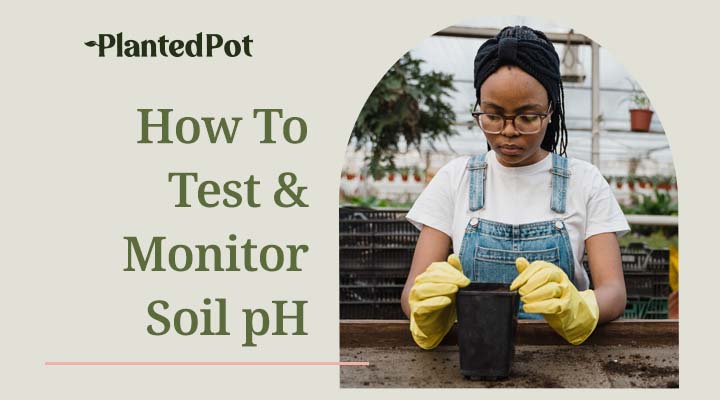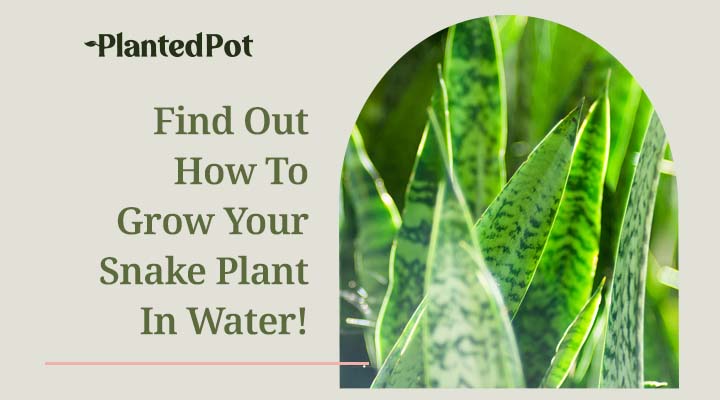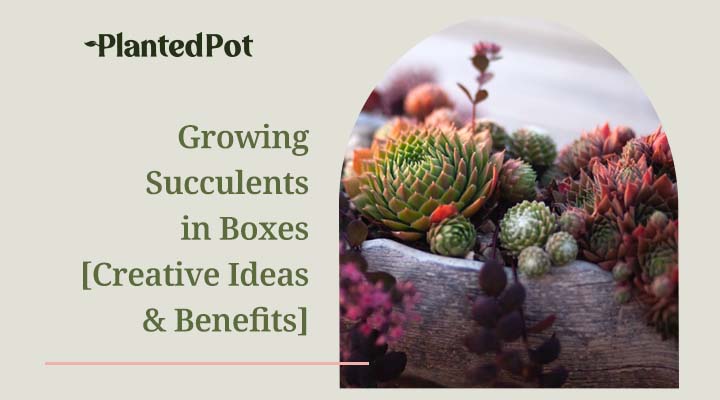
Do Plants Need Direct Sunlight or Just Light? [Guide to Light Requirements For Plants]
Home / Do Plants Need Direct Sunlight or Just Light? [Guide to Light Requirements For Plants]
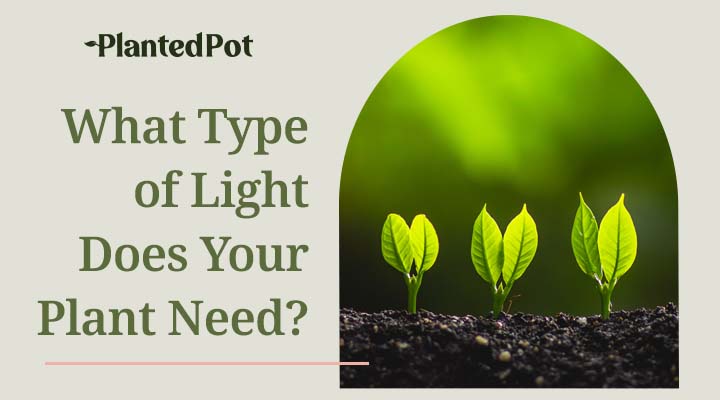
Do Plants Need Direct Sunlight or Just Light? [Guide to Light Requirements For Plants]
- Olivia Richman
- June 22, 2021
- 11:52 am
- No Comments
Many new plant owners loosely stick their plant next to a window and expect the sunlight to do its magic — encourage growth and spawn your lovely plants. But sometimes too much light will damage plants, even kill them. So do plants need direct sunlight or just light?
The short answer: It depends on the plant.
Each houseplant has different needs and requirements. It’s always important to consider a plant’s distinct light requirements before bringing them home. That’s because you might not have the right light for certain plant species. For example, some apartments can be a bit dark, others need assistance hiding the sun.
So let’s look at why plants require light and exactly how much light that is.
Why Do Plants Need Light?
Plants need light for a process called “photosynthesis.” This process converts sunlight, water, and oxygen into carbohydrates or food (whatever the plant needs). Photosynthesis ensures that the plant will grow and thrive.
The amount of light required to benefit from photosynthesis is different from plant to plant. Some plants need very minimal light to grow and blossom. On the other hand, some plants need full-time sun.
Here’s how photosynthesis works:
- Photosynthesis happens inside a part of the plant known as the “chlorophyll,” which creates the green color in vegetation. This green helps plants to absorb energy from the sun (photosynthesis).
- Water and oxygen are released into the atmosphere due to the light’s reaction to water.
- Electrons are moved from the chlorophyll to other parts of the plant. This process feeds the plant’s cells and makes plants grow.
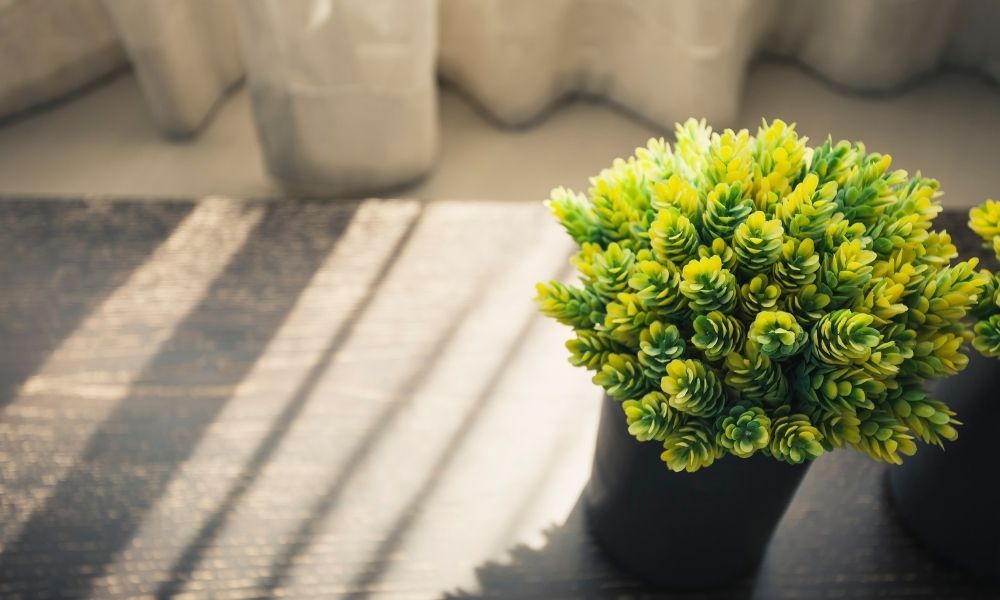
Do All Plants Need Light to Grow?
There’s a short answer here, too: Yes! Sunlight is needed for plants to grow, acting as their food. Without food, nothing can survive (including plants). Some plants can adapt to low-light environments. Others can survive without light for a short while. But eventually, plants need a light source to stay alive. That’s why some plants will grow larger or grow to a certain side as they attempt to search for light.
What’s the Difference Between Direct and Indirect Light?
You’ll notice that most plant websites will use the terms “direct sunlight” and “indirect light” when describing a plant’s requirements. So what’s the difference between these two things?
Direct sunlight is when a constant ray of sunlight hits the plant during the day. A plant that requires direct sunlight can sometimes be tougher to keep alive indoors, although some will be fine if placed in front of a sunny window. Here are some of the plants that prefer direct sunlight:
- Most herbs, including rosemary, mint, and sage
- Most vegetables (other than greens)
- Citrus trees and other fruit trees
- Succulents
- Geraniums
Indirect sunlight (or partial sunlight) refers to a sunny location that doesn’t have rays shining directly onto a plant. These plants can also tolerate long hours of no light as long as they get some sun eventually.
Do Plants Need Direct Sunlight or Just light?
This really depends on the species of the plant — no two species of plant are exactly the same. They all have different light requirements, usually determined by their origin. For example, the Bird of Paradise, from South Africa, needs plenty of sunlight to thrive. It needs six hours of direct exposure to the sun a day. Meanwhile, the Coral Bells, a plant native to North America, enjoy the shade. Partial shade is their preference, although indirect light is also okay.
The Bird of Paradise’s leaves will start to curl and brown if they aren’t given enough sun. The plant will then even lose leaves. It will eventually die without the proper amount of light. While the Coral Bell may burn and dry up if put in too much light. Direct light will eventually even kill the plant.
If you are unsure about a plant’s needs, ask an expert! But you can also start with a very simple plant like the Snake Plant. While this plant prefers indirect light, it’s a durable plant for beginners that can adapt to almost any light condition.
Can Plants Grow Without Direct Sunlight?
Yes! In fact, most plants grow best when they’re NOT in direct sunlight. Indirect light is probably the most common requirement for most plant species. Try adjusting your plant to receive light passing through a window, giving just a small amount of light each day.
Or try placing curtains on a window to create indirect sunlight. This will give you the power to control the amount of light coming through the window. Other plants might prefer an indoor grow lamp since it gives off heat, providing energy to your plant. But natural light gives plants vitamins and nutrients to survive.
Is Light Through a Window Considered Direct Sunlight?
It can be! In some cases, light coming through a window can be considered direct light. This is especially true if you have a large floor-to-ceiling window with a lot of natural light flowing through. But not all windows have access to enough light to be considered direct light.
You should also consider the location of the window. A window on the north side of the house may have more light than a window on the west side, depending on your geography in relation to the sun. The window you select for your plant should have enough light to meet their requirements.
For example, an Aloe or Jade Plant will most definitely prefer a window with access to a lot of light. So choose the room with the most natural light coming through the window. The Rabbit’s Foot Fern, meanwhile, would thrive in a room with less light. So feel free to put them in a room where the windows have blinds, or there is less of a light source.
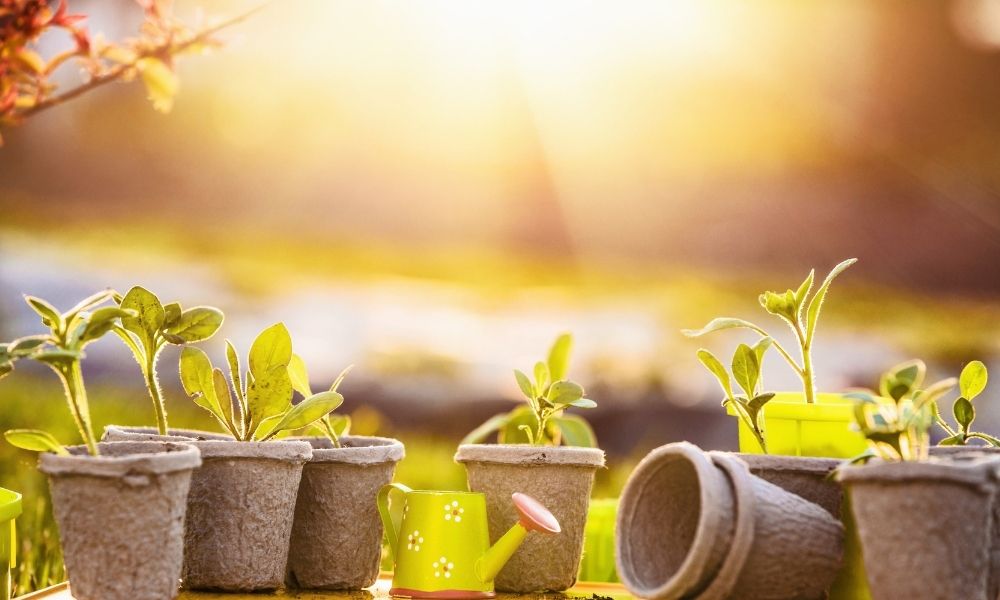
Final Thoughts – Do Plants Need Direct Sunlight or Just Light
In the end, the amount of light a plant needs depends on that species’ specific needs. Here are some popular plant species and their light preferences to get you started:
- Croton: Bright light for the most vibrant colors, but can tolerate medium light
- Lemon Lime Dracaena: Medium indirect light, but fine with low light conditions
- Moth Orchid: Bright but indirect light
- Pothos: Bright, indirect light, but low light is okay.
- Lucky Bamboo: Bright light inspires faster, larger growth but tolerates light shade.
- Snake Plant: Bright, indirect light
- Peace Lily: Tolerates low, medium, bright light
- Ponytail Palm: Bright light
Direct light is when the sun comes right through the window, hitting your plant directly. Indirect light means a plant placed near the window or in front of a window with shades or blinds. It’s important to check out the plant’s specific light requirements before placing them somewhere in your home, ensuring they stay vibrant and thrive.
Some plants will even need to be moved throughout the day. They might only want a few hours of direct light before being placed somewhere with less light. Others want to hang out in the shade in the corner of the room, staying safe from the sun’s rays.
So check out your home’s layout and light sources, and then choose a plant that’s perfect for your living space! Your plant will be sure to do well with the right amount of light, whether it’s a hanging basket in front of the kitchen window or a cozy shaded corner in the patio.


